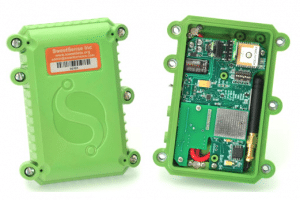
Agriculture
June 26, 2024
SWEETSense Technologies
Read SolutionImplemented by
SweetSense Inc
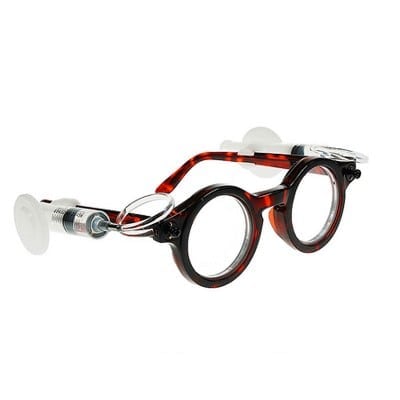
Updated on February 5, 2024
·Created on June 17, 2014
Adspecs are self-adjustable eyeglasses made for the rural population.
Adspecs are self-adjustable eyeglasses which allow users to set the right focus for each lens. The pair of lenses work on the principle of making the lens to go from convex to concave with the application of fluid-filled syringes. The syringes transfer the fluid in between the bi-layer of the lens and set the focal length.
Target SDGs
SDG 3: Good Health and Well-Being
Market Suggested Retail Price
$19.00
Target Users (Target Impact Group)
Household, Community
Distributors / Implementing Organizations
Centre for Vision in the Developing World (CVDW) partnered with government and community organizations for trials. Partners include the US Military Humanitarian and Civic Assistance Program, the Ghana Education Ministry, Non-Formal Education Division (NFED), and Global Vision 2020. Other distributors include: The Rural Development Centre (RUDEC) in Cameroon and Remote Area Medicine's (RAM) vision outreach project in Bolivia.
Competitive Landscape
Direct competitors include OneDollarGlasses and Eyejusters.
Manufacturing/Building Method
The glasses are constructed using plastic tubing, aluminum rings, silicone fluid, polyester thin film, polycarbonate covers. The adjusters allow the user to adjust the fluid in the lenses to get the right amount of correction. The glasses are made so the adjusters can be locked or removed after the amount of correction is set.
Intellectural Property Type
Patent
User Provision Model
Adspecs are not currently available for individual purchase. At present, Centre for Vision in the Developing World supplies adjustable glasses only to research and distribution partners for the purposes of clinical and field trials.
Distributions to Date Status
100000
Lens technology (type)
Fluid-filled variable focus lens
Near vision power range
+6 -> 0 D
Distance vision power range
0 -> -6 D
Glasses weight (g)
48g
Frame dimensions (mm)
Lens diameter: 40 mm
UV protection (ray type blocked)
Unknown
Frame features to adjust to face
Unknown
Minimum age of user (years)
12 years
Readjustable (yes/no)
No
Frame material
Plastic
Design Specifications
Adspecs are self-adjustable glasses that allow the wearer to tune their glasses to their eyes. To change the power of the lens, the user turns the wheels on the syringes on the arms to pump more or less silicone oil into the lenses (which are simply two flexible membranes, protected by a hard plastic layer), changing their shape. When done, the user tightens the screws on each side of the frame and cuts off the syringes and tubing - transforming the Adspecs into a normal pair of glasses CVDW has also developed (in partnership with Dow Corning) a different version of Adspecs specifically for children aged 12-18.
Technical Support
Centre for Vision in the Developing World (CVDW) and Global Vision 2020 provides training to teachers to supervise the adjusting process.
Replacement Components
Unknown
Lifecycle
3-5 Years
Manufacturer Specified Performance Parameters
Professor Silver sought to develop glasses in which the optical power of the lenses could be adjusted by the individual user, thus bypassing the need for a prescription from a trained optometrist.
Professor Silver has also set the target manufacturing price of a pair of Adspecs at 1 USD.
Vetted Performance Status
Centre for Vision in the Developing world ran clinical trials and found that 95% of subjects were able to properly adjust the glasses. A World Bank-funded research study of students aged 12-17 years found that 90% of students were able to use self-adjustable glasses to correct nearsightedness (with the assistance of teachers). This is compared with nearly 100 percent of those who received professional eye exams. Field research (Optometric Science Research Group, Department of Optometry) of Adspecs users has shown that, provided the correct fogging protocol is used, the Adspec liquid-?lled lens is a good method of both determining and correcting refractive error.
Safety
Currently available self-refraction technology and products cannot correct astigmatism (where the amount of de-focus varies depending on the rotational axis). They are designed to correct for myopia between 0 and -5D
Complementary Technical Systems
None
Academic Research and References
Sankaridurg, P., Donovan, L., Varnas, S., Ho, A., Chen, X., Martinez, A., … & Holden, B. (2010). Spectacle lenses designed to reduce progression of myopia: 12-month results. Optometry and vision science: official publication of the American Academy of Optometry, 87(9), 631.
Douali, M. G., & Silver, J. D. (2004). Self-optimized vision correction with adaptive spectacle lenses in developing countries. Ophthalmic and Physiological Optics, 24(3), 234-241.
Silver, J. D., Douali, M. G., Carlson, A. S., & Jenkin, L. (2010). How to use an adaptive optical approach to correct vision globally. South African Optometrist, 62(3), 126-131.
Additionally, the articles listed below are the result of a World Bank-funded clinical study, which found self-adjustable glasses to be reliable and effective; validating their use for children aged 12 and over.
He, M., Congdon, N., MacKenzie, G., Zeng, Y., Silver, J. D., & Ellwein, L. (2011). The child self-refraction study: results from urban Chinese children in Guangzhou. Ophthalmology, 118(6), 1162-1169.
Zhang, M., Zhang, R., He, M., Liang, W., Li, X., She, L., … & Moore, B. (2011). Self correction of refractive error among young people in rural China: results of cross sectional investigation. Bmj, 343, d4767.
Garrette, Bernard, Jordan Kassalow, Moses Lee, and Aneel Karnani. “Better Vision for the Poor (SSIR).” Stanford Social Innovation Review: Informing and Inspiring Leaders of Social Change, 2020.
Compliance with regulations
Unknown
Evaluation methods
Comparison of refractive power measurements (obtained by optometrists vs self-optimized using Adspecs)
Research studies and clinical trials in developing countries are overseen by the Centre for Vision in the Developing World (CVDW).
Other Information
Currently available self-refraction technology and products cannot correct astigmatism (where the amount of de-focus varies depending on the rotational axis). They are designed to correct for myopia between 0 and -5D.

Agriculture
June 26, 2024
Implemented by
SweetSense Inc
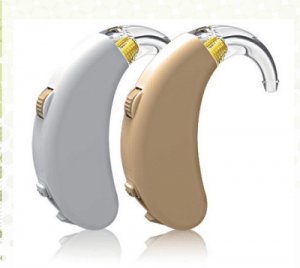
Agriculture
December 7, 2023
Implemented by
Solar Ear
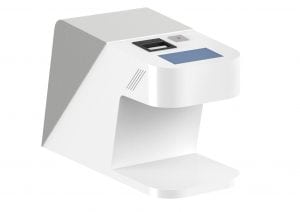
Agriculture
February 20, 2024
Implemented by
Sterilux
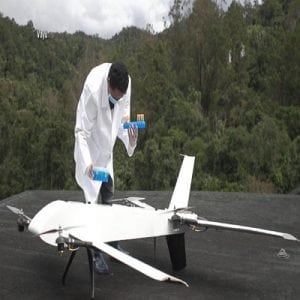
Agriculture
June 22, 2024
Implemented by
Vayu Inc.
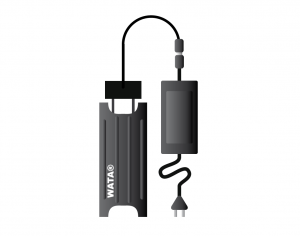
Agriculture
January 3, 2024
Implemented by
Antenna Technologies
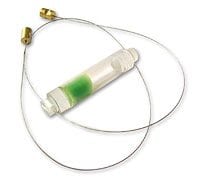
Agriculture
January 3, 2024
Implemented by
Fred Barrett and Dale Andreatta
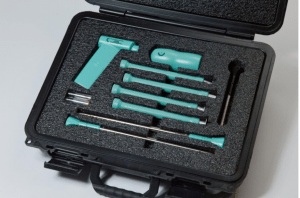
Agriculture
February 5, 2024
Implemented by
Cryopen
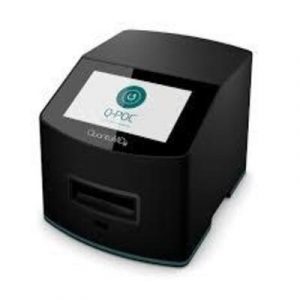
Agriculture
February 15, 2024
Implemented by
QuantuMDx

Agriculture
June 8, 2024
Implemented by
Reach Digital Health
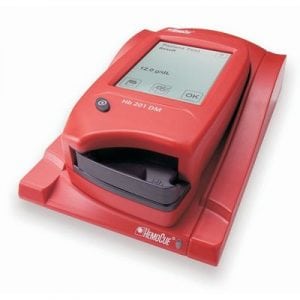
Agriculture
February 15, 2024
Implemented by
HemoCue
Have thoughts on how we can improve?
Give Us Feedback